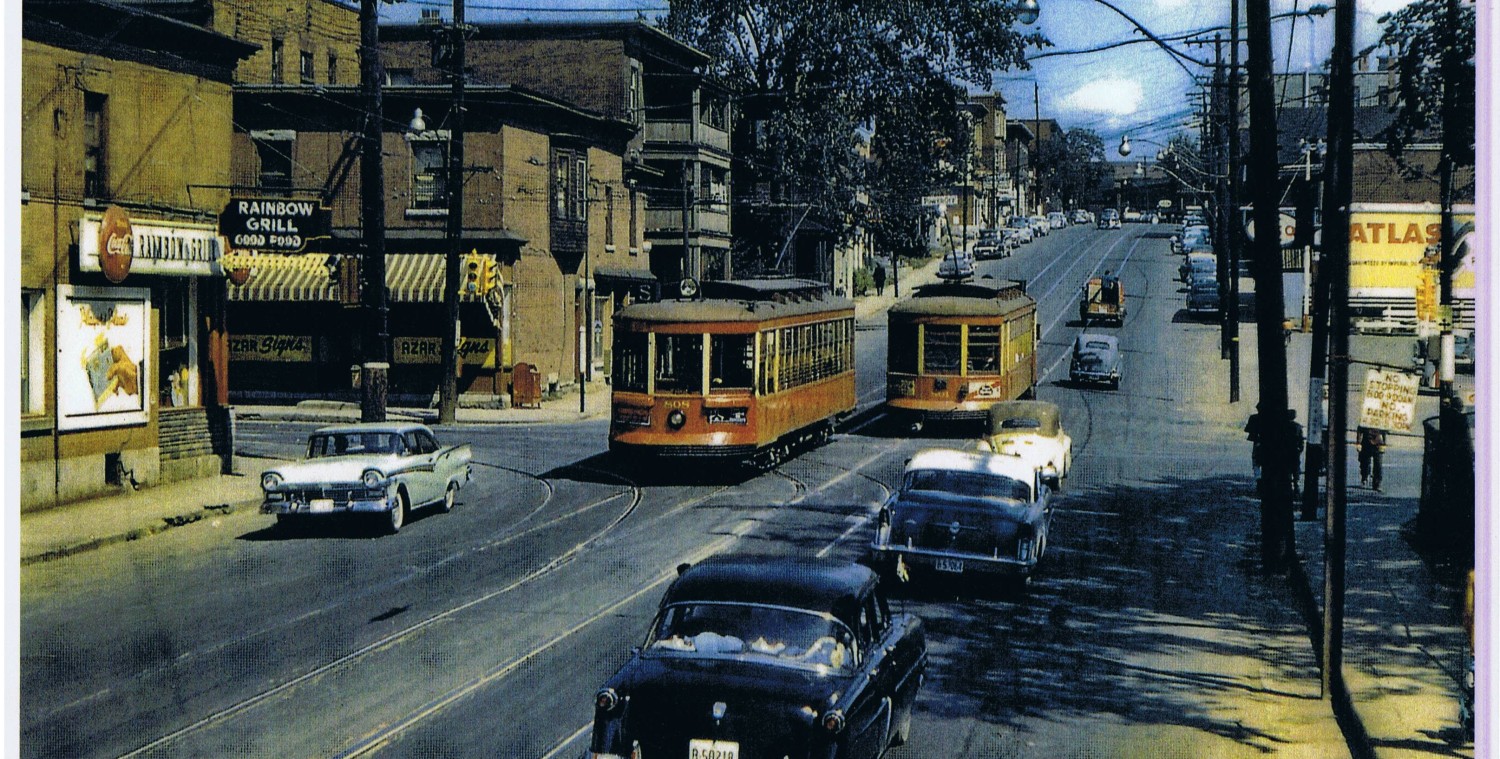Seattle and its suburbs had an abundance of drainage swales. That might reflect the high seasonal rainfall. In a suburban industrial park (in Redmond or Bellevue, I’m not sure) , about half populated with businesses and the other half being vacant lots, the existing roads had been retrofitted to accommodate swales.
The existing infrastructure looked to me to be about a decade old. At each half block, a pair of bulbouts had created a “neckdown” or pinch in the road. A crosswalk was installed, simply marked with a zebra stripe and fluorescent sign (Ottawa traffic engineers are horrified at this design. What if someone doesn’t stop? We might be sued! Instead we put in $300,000 of traffic signals, and pay $60,000/yr for annual service. This naturally limits the number of simple crosswalks we can have ,,, to about zero).
The water drains along the curb and into the basin. This project was just finished — bits of asphalt were still tracked on the sidewalk and the plants haven’t yet grown. Note the catchbasin with a semi-solid plate on top, shown in the picture below, just upstream of the swale. Ottawa has lots of these plates to slow road water from getting into the sewer, but we just let cars splash the pedestrians. What fun !
The water enters the swale catchment area to puddle and soak into the soil. Excess water drains out the catchbasin, but obviously not as much as would have drained away quickly if the asphalt gutter had directed all the rain to the basin. Monitoring cables went through a conduit under the sidewalk to a service kiosk that was solar powered.
Note that the municipality did not feel obliged to post signs saying no parking, or watch out for stepping into the ditch, or don’t dump oil here. I’m sure an installation like this in Ottawa would “require” at least eight signs spread out over six sign posts … on each side of the street.
A bit further along, the next swale had larger plants (and no signs):
An even simpler series of curb cuts allowed storm water to access the swale. Man provided the swale (and the big street). Gravity and mother nature provided the operating power.
Note that this swale runs down sharply from the sidewalk surface. The previous, and one year newer swale shown several pictures above, had a short curb to keep feet and wheels on the sidewalk and out of the ditch.
There were swales in every city I visited in Oregon and Washington. And in many small towns. Very small towns. Which leads me to think it is a state-wide or state-mandated (or funded?) requirement. Same as some states require new projects to be complete streets (road surface, bike lane or track, curb, sidewalk) in order to get state funding or approval for what would otherwise most likely have been a road-for-motor-vehicles-only construction.
Obviously, the wet coast climate is rather different from Ottawa’s. We have much whiter rain, for instance, especially after the autumn equinox. Are there sufficiently salt-tolerant plants to populate our swales? How much snow and ice could be piled onto these plants without destroying them? Or would we have to select plants that die back flush to the ground each fall (such as tall ornamental grasses, hostas, lilies, etc.
Has anyone seen a street swale in Ottawa? Are any planned? If not, an interesting first start might be the corner of LeBreton Street and Somerset, where a 10 storey infill apartment project will include a bulb out at the base of a steep road downslope. Instead of bricks, maybe plants?? Instead of puddles for splashing pedestrians with, a bit of bio-remediation??
_____________________
The previous story also featured drainage swales and bioremediation.












Two that I know of have been planned for Ottawa:
“green street” on Stewart St. : http://ottawa.ca/en/city-hall/public-consultations/transportation/east-west-bikeway-churchill-avenue-st-laurent
Sunnyside Ave “green street” http://ottawa.ca/en/sunnyside-avenue-traffic-calming-and-green-street-treatments
“Green streets” are apparently in the 2006 “Greenspace master plan: http://ottawa.ca/en/city-hall/planning-and-development/community-plans-and-design-guidelines/design-and-planning-0/80/81
Not a swale (well, maybe a reverse swale, as it’s inside the curb and not sticking out), but there is this thing at the very western end of Brown’s inlet: http://drumbent.blogspot.ca/2009/09/curious-street-feature.html
my bet it is a short retaining wall for the hump of dirt over the drainage pipe that starts a few feet east of this curb, which also has a parallel bit of curb on it. But that is based on google map, not on site visit. Still curious.